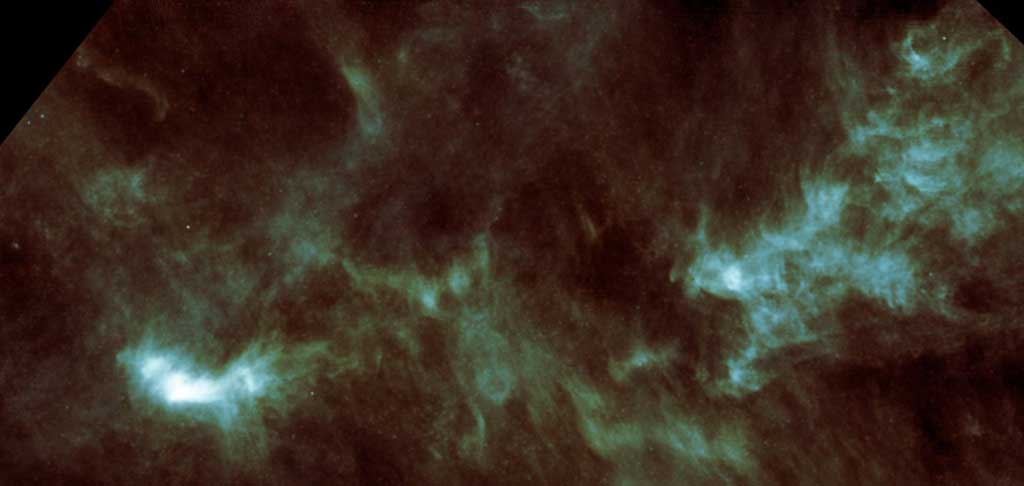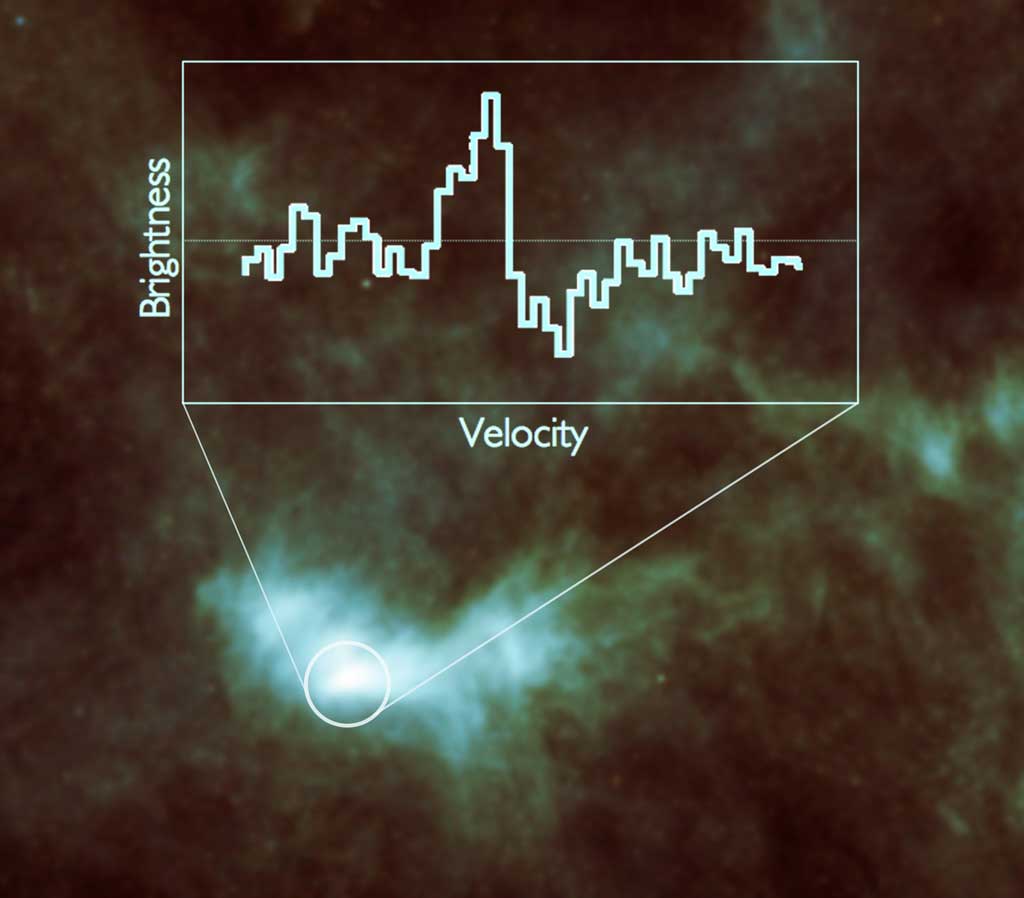Key Takeaways:
Stars form within cold, dark clouds of gas and dust — prestellar cores — that contain all the ingredients to make solar systems like ours.
Water, essential to life on Earth, has previously been detected outside our solar system as gas and ice coated onto tiny dust grains near sites of active star formation, and in protoplanetary disks capable of forming alien planetary systems.
The new Herschel observations of a cold prestellar core in the constellation Taurus, known as Lynds 1544, are the first detection of water vapor in a molecular cloud on the verge of star formation.
More than 2,000 Earth ocean’s worth of water vapor were detected, liberated from icy dust grains by high-energy cosmic rays passing through the cloud.
The observations also revealed that the water molecules are flowing toward the heart of the cloud where a new star will probably form, indicating that gravitational collapse has just started.
“There is absolutely no sign of stars in this dark cloud today, but by looking at the water molecules, we can see evidence of motion inside the region that can be understood as collapse of the whole cloud towards the center,” said Caselli. “There is enough material to form a star at least as massive as our Sun, which means it could also be forming a planetary system, possibly one like ours.”
Some of the water vapor detected in L1544 will go into forming the star, but the rest will be incorporated into the surrounding disk, providing a rich water reservoir to feed potential new planets.
“Thanks to Herschel, we can now follow the ‘water trail’ from a molecular cloud in the interstellar medium, through the star formation process, to a planet like Earth where water is a crucial ingredient for life,” said Göran Pilbratt from ESA.











